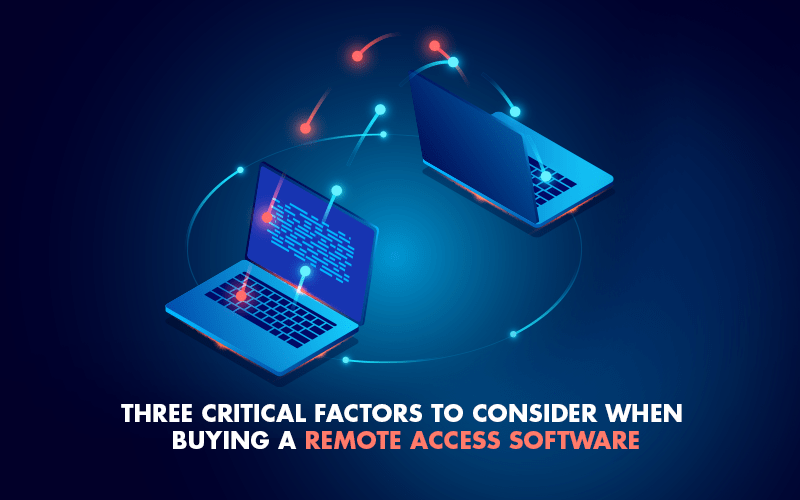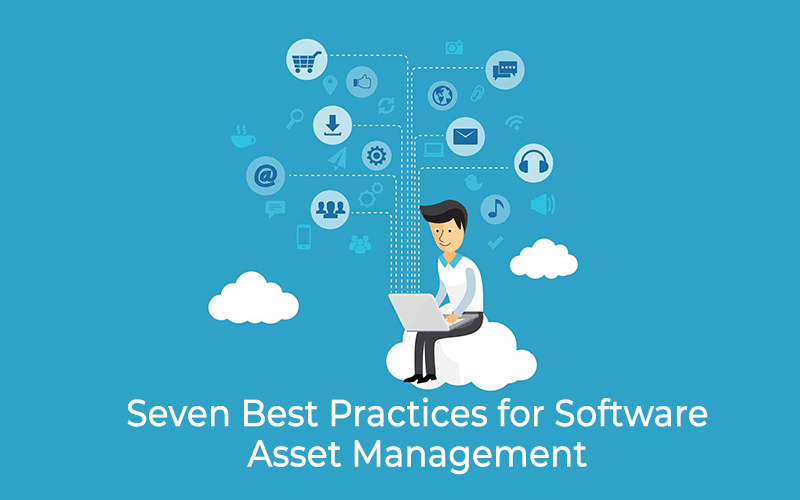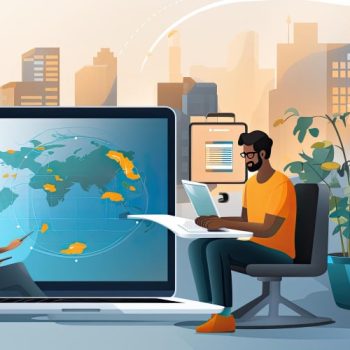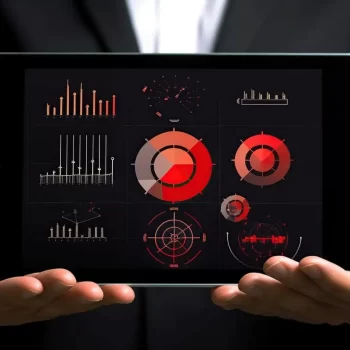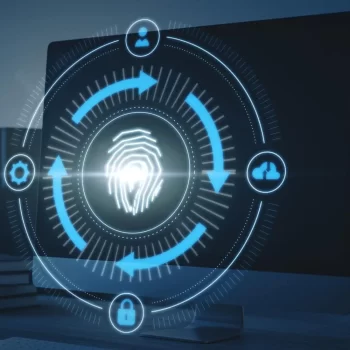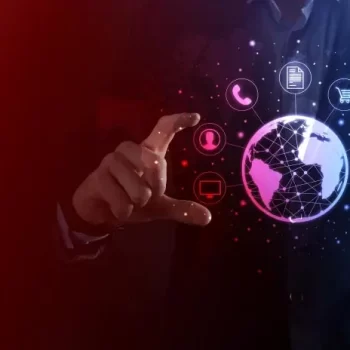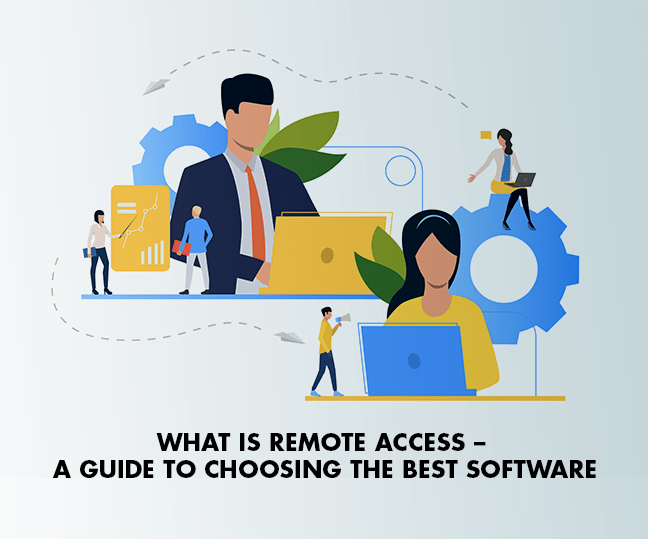Today, organizations are relying on digital transformation more than ever before. Hence, remote technologies are no longer luxury items to enhance business efficiency. They have become critical to keep youroperations up and running without system disruptions or financial and reputational losses!
Especially in this COVID-influenced climate of ‘work from home’ expectations, remote software ensures that business remains unaffected in the case an employee is unable to be present in the office in real-time. More importantly, it helps prioritize the health and safety of the workforce by allowing them to work in a location of their choice.
Over the years, remote software has grown to improve operational performance, maintains workforce productivity, and even increases the overall organizational ROI.
Undoubtedly, the backbone behind this work culture, so to speak, is the meteoric rise of remote control software – from a good-to-have technology solution to a must-have boardroom strategy. There’s a good chance your organization is already using remote technology to carry out day-to-day activities. And considering the current situation, the odds are extremely high that you would need more remote software.
Here are some fundamentals you must be aware of before purchasing any remote software platforms.
What Exactly Does Remote Access Mean?
In its simplest form, “remote” means distant. In the context of modern business practices, remote access is the ability to log in to the desktop or device which is not present in your physical vicinity. It allows users (employees) to work remotely and access an authorized application, device, or system through the help of a secure virtual network. Remote access is also referred to as remote administration.
What is Remote Access Software?
Any platform that supports remote access falls under the umbrella of remote access software. There are three variants – namely, hosted service, software, and appliance. For many companies, the primary benefit of using a remote access system is to reduce the technical complexity caused when using a general VPN. It also offers the convenience of using a standard Windows RDC. Just a simple installation, and you can use it from any given location effectively.
However, not everything is rosy in the world of remote technology. Similar to the other traditional software programs, even with the best remote access software, you still need to download it on local and remote devices. You also require a powerful enough internet connection so that your organization can continue to leverage it without disruptions.
Remote Access Software – Your Buying Guide
When you are buying a remote access platform (licensed ones), you should evaluate it quickly based on control capacity, display quality, and a few other crucial parameters. But even before you get there, it is of paramount importance to analyze and consult your provider regarding three major factors:
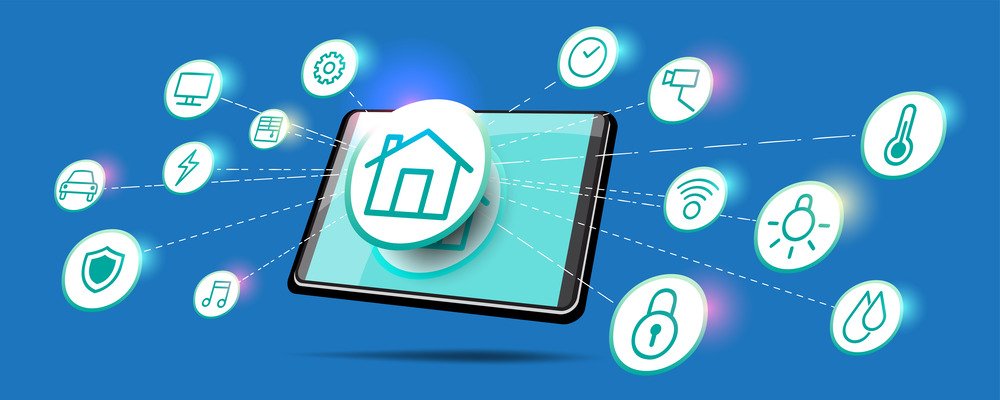
Compatibility:
The employees, whether managers or executives, across your organization, may work on different operating systems and use different devices to complete their tasks. In that case, you require a remote access platform that is compatible – irrespective of connection, hardware, or the nature of usage. Even if not 100% compatible, the remote access platform should still be able to seamlessly work on MAC, Windows, Android, and Linux. By doing so, your workforce can easily connect with the authorized company network – anytime, anywhere.
Security:
We are living in a digital era where threats are evolving as fast as cybersecurity laws! As you may have read about in recent years, even Fortune 10 brands have failed to protect their systems from hacks, trojans, cyber thefts, third-party attacks, and data breaches. It is why your remote access platform must be highly secure. One way is to check if it adheres to the latest and most powerful encryption protocols. For example, the platform must be able to verify the identity of the user before allowing access to any part of the technology ecosystem, such as a video conferencing room.
Accessibility:
As earlier mentioned, companies all over the world are giving their employees access to remote endpoints that are present outside their local networks. With digital transformation now becoming a bigger priority, it is vital for your remote platform to allow network connectivity from anywhere, even outside of the office premises. Ensuring accessibility is not just limited to local networks – it also applies to private desktops.
Your Key Takeaway
To summarize, remote access platform has grown to become a lifeline for companies looking to become more flexible in how they operate. It provides the benefit of connecting to a particular device, computer network, or a private server from anywhere in the world. And it can do so – without a business user’s physical presence at the office. And while buying a zero-trust remote access software, it is important to check for the comprehensiveness of its security features, the scope of compatibility, and the level of accessibility.
